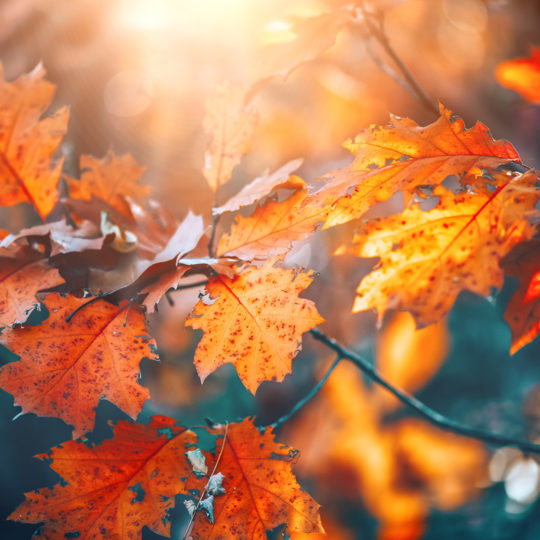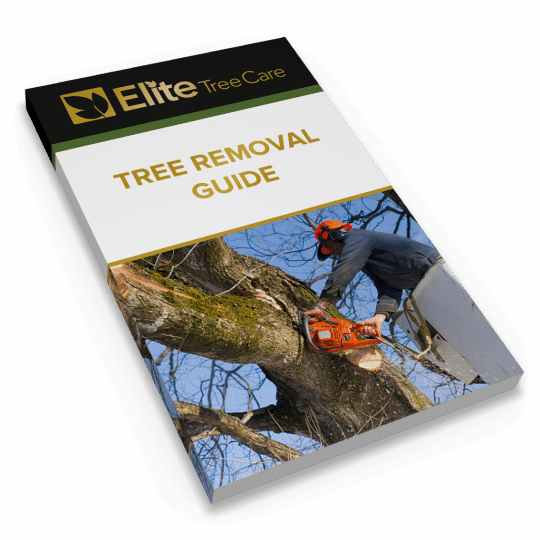When Leaf Changes Lead to Tree Removal
10 Signs to Watch For
Posted
October 2, 2025

Leaves can tell you a lot about tree health. In some cases, leaf changes may indicate a problem severe enough that it could lead to tree removal. Here are some signs to watch for and recommendations for when to contact an arborist.
Leaf Changes that Could Lead to Tree Removal
Autumn is one season where many people get excited about falling, colorful leaves. However, some year-round leaf changes can signal plant problems, such as stress, disease, or death. Some premature leaf discoloration or drop may be manageable, but more severe cases could require tree removal. Consult a professional arborist to assess the tree’s health and potential risks. Here are some of the signs to watch for:
- Failure to bloom. Trees that don’t produce leaves in the spring—whether the whole plant or a few branches—are likely dead or dying.
- Thin canopy. Sparse tree tops in the spring or summer indicate declining health. The tree can no longer support its full amount of foliage.
- Small or distorted leaves. Curled, twisted, and withered leaves can be a sign of drought or disease.
- Premature fall color. If a deciduous tree’s leaves turn yellow and begin dropping in the spring or summer, it’s a sign of stress. This can happen to the whole plant, but it’s usually concentrated on a single branch. This means there’s a problem with the roots serving that area. Causes can range from drought to pests.
- Yellow veins. Discolored veins can indicate a nutrient deficiency or poor soil conditions.
- Browning. When a tree’s leaves or needles dry up and suddenly turn brown during the growing season, it can indicate a water problem such as drought, root rot, disease, or other issues.
- Persistent brown leaves. If a deciduous tree’s leaves turn brown but don’t fall, it’s a sign that the tree is dead. Normally, healthy trees can at least shed dead leaves.
- Leaf scorch. Brown leaf edges and veins are signs of drought or disease.
- Leaf spots or lesions. A sign of fungal or bacterial infections. While minor leaf spotting is normal, widespread or recurring leaf spot can weaken the plant.
- Wilting. Water is not reaching the upper parts of the tree due to root rot, compacted soil, drought, or disease.
Even though some of these problems could be more cosmetic than dire, it’s still important to get your plant professionally assessed in case the problem can spread.
When to Call an Arborist
If you notice any of these widespread or recurring leaf issues, it’s recommended to have a certified arborist perform a full inspection. A professional can accurately diagnose the problem and help determine if the tree can be saved or if removal is necessary. Weakened trees not only look bad, but certain diseases can spread and falling branches become a safety hazard. Contact Elite Tree Care for a consultation if you’re unsure about your tree’s health.

Download Your FREE Tree Removal Guide
Even dedicated DIYers should think twice before taking on the task of tree removal. Our guide will help you decide whether to hire a tree service and how to get the most value for your money.